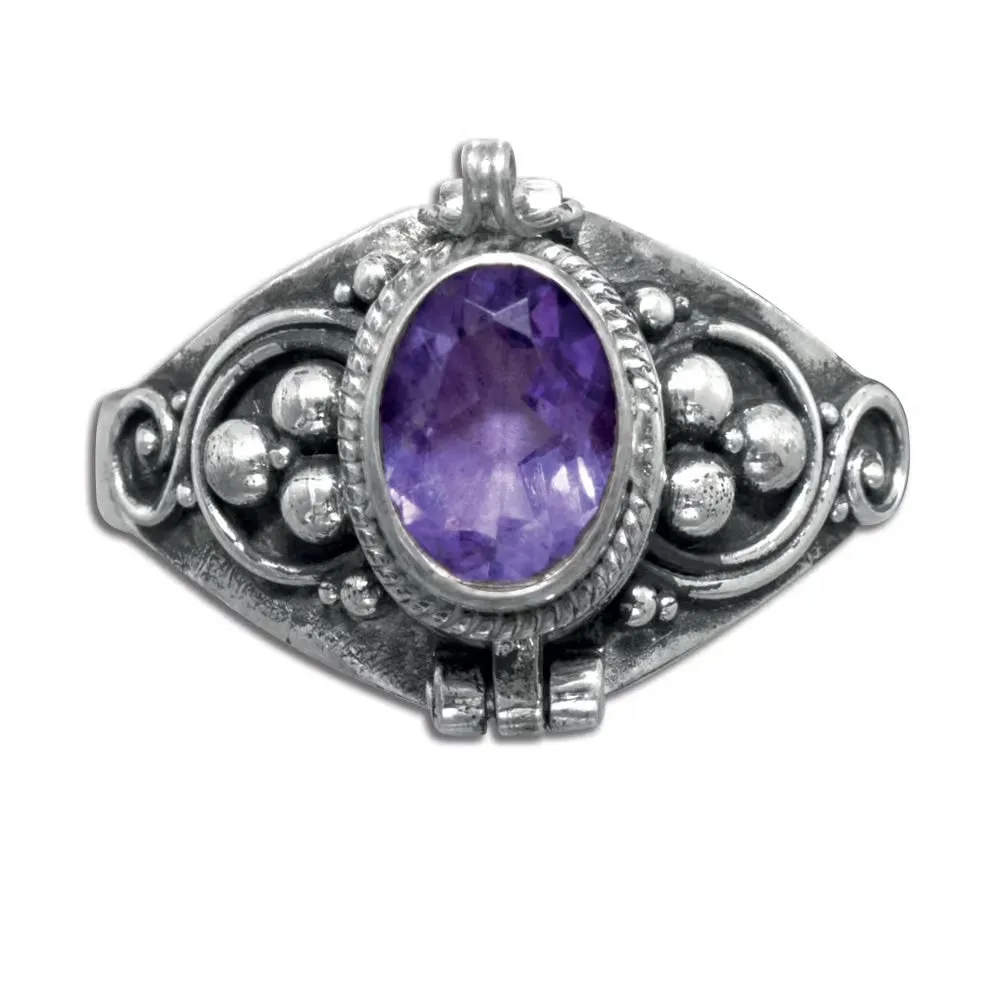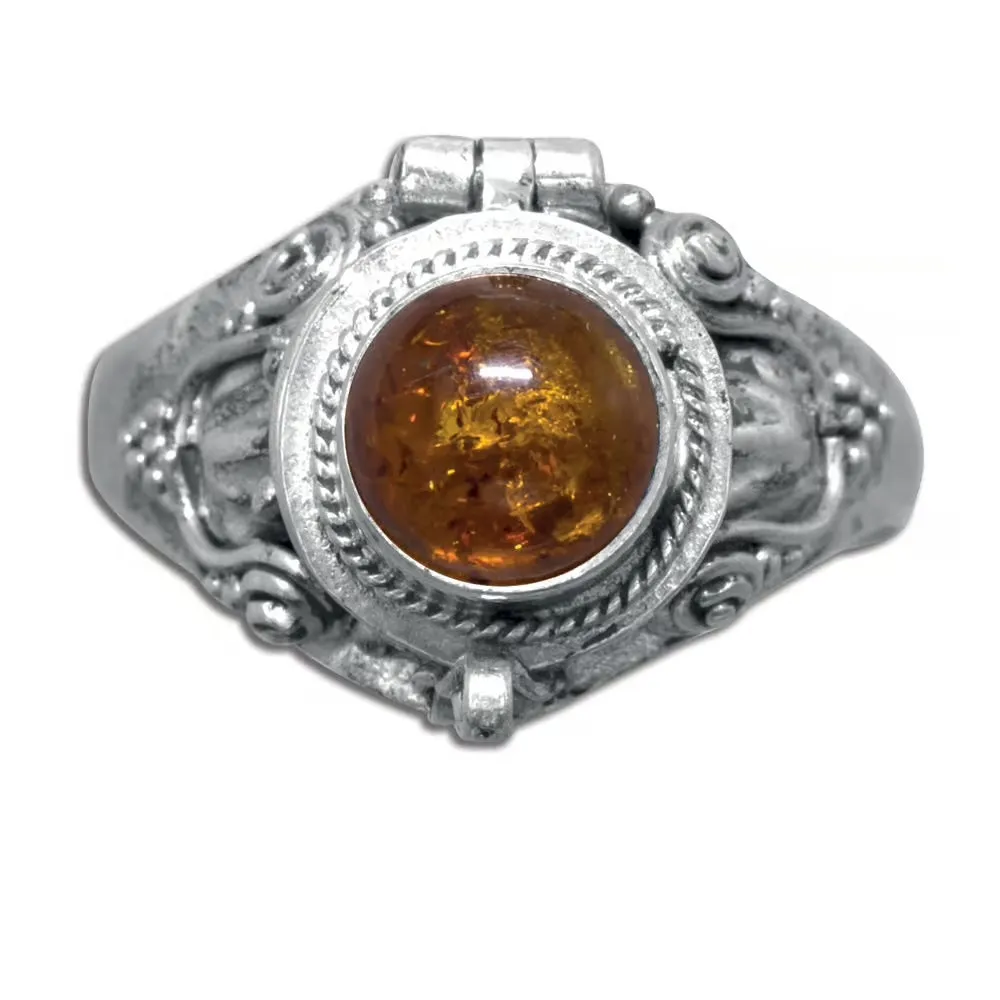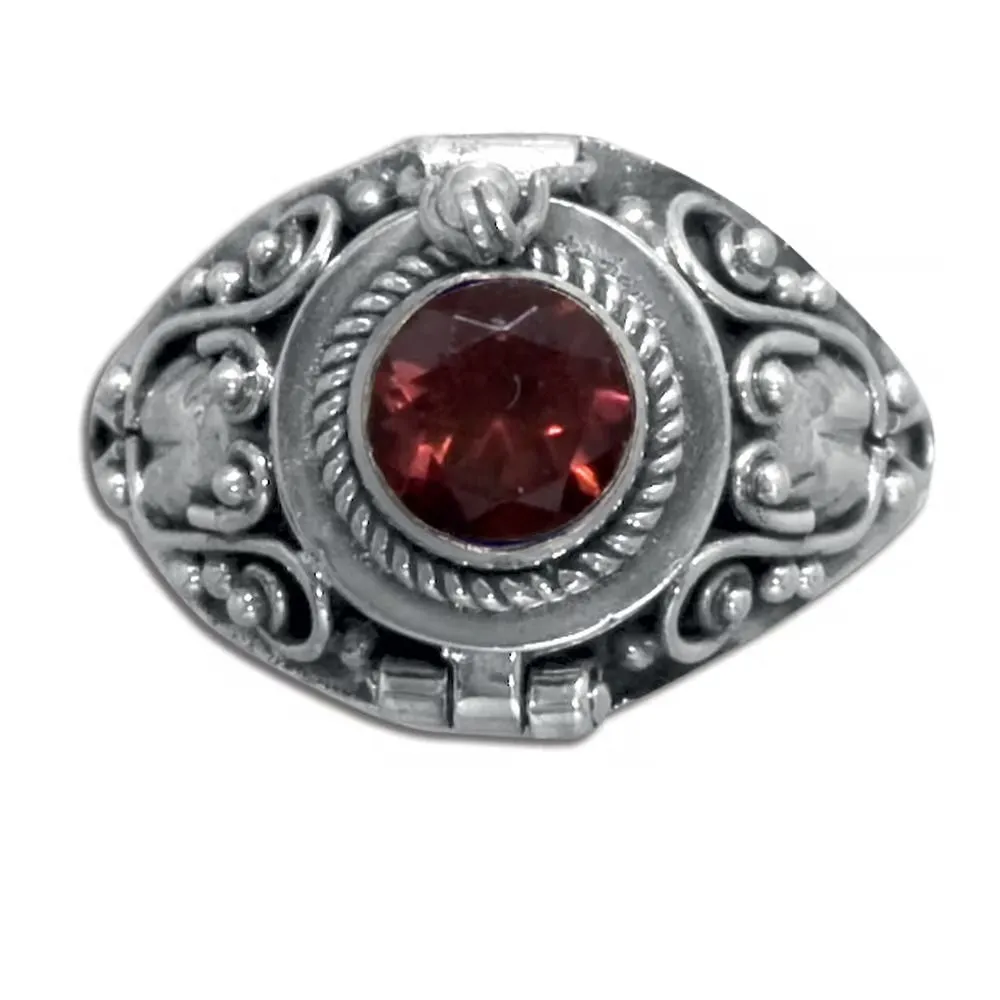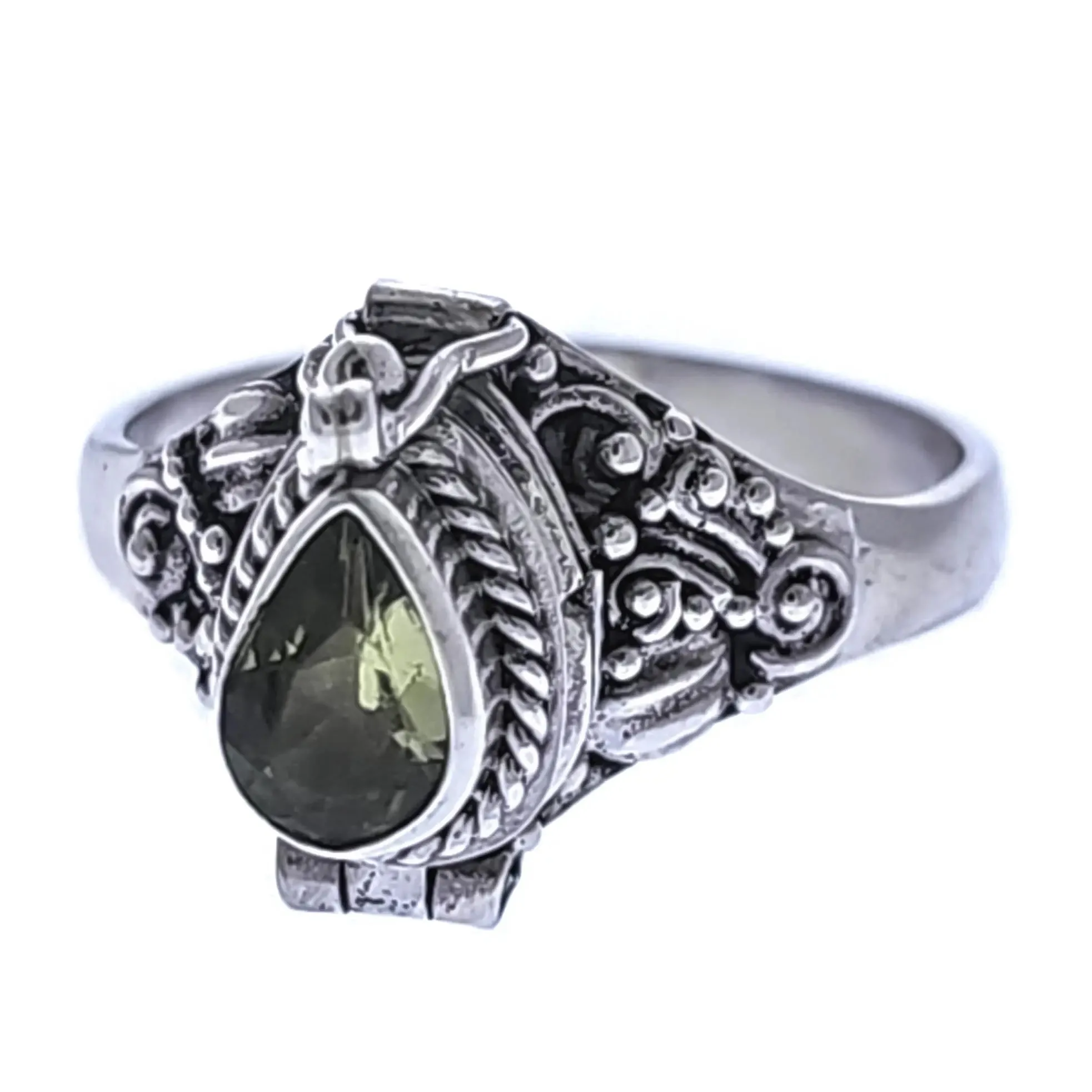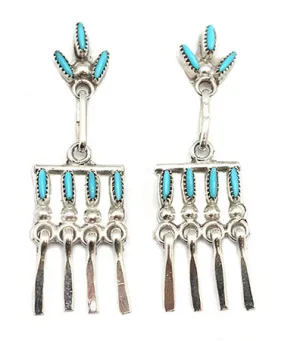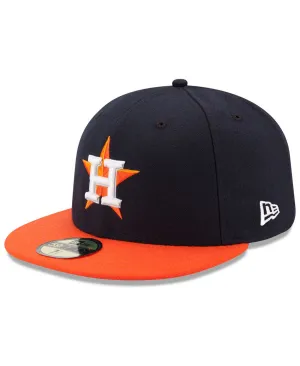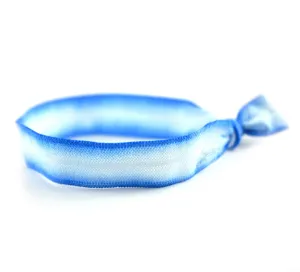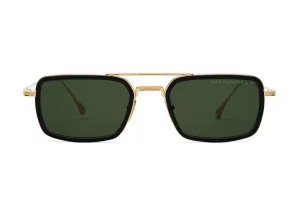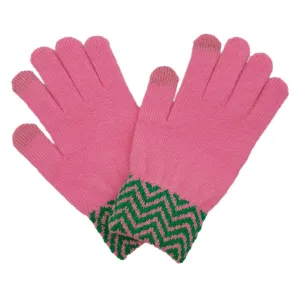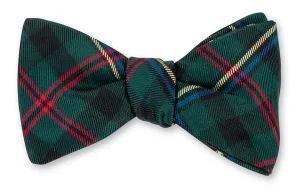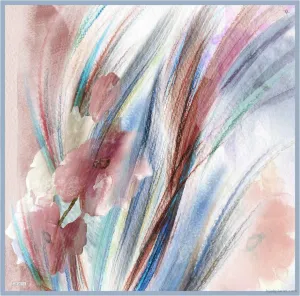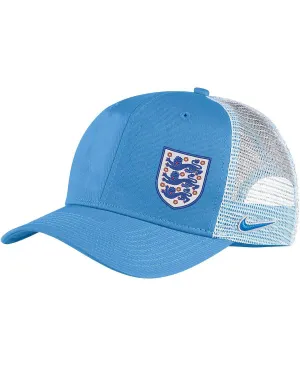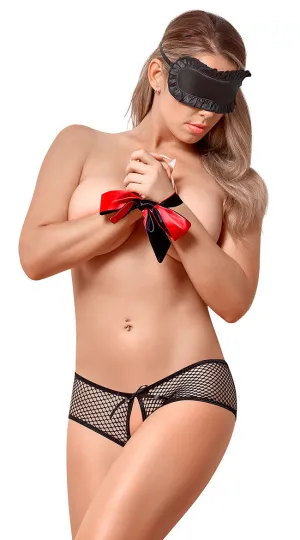Our delicate rings are Sterling Silver with various gorgeous stones, and pack a dangerous punch. While, rather than poison, we recommend storing a touch of intoxicating perfume in your ring, to draw in the object of your desire. Handmade Sterling Silver Balinese Poison Ring with genuine Amethyst, Amber, Garnet or Peridot
History of Poison Rings
Poison rings along with lockets and other vessel jewelry originated in India and the Far East. As the art of metalworking advanced such jewelry was a natural replacement for the bags and pouches people had worn in ancient times to secure special and valuable objects. Also known as locket or box rings, examples of poison rings can be found throughout Asia, Russia, the Mediterranean and the Middle East. Historians believe that poison rings found their way to Western Europe during the early Middle Ages as part of the Holy Relic trade. These much sought after bits of bone, teeth or hair, were believed to be actual parts of Christian Saints or Martyrs and so were thought to grant the owner special connection with God as well as protection from illness and bad luck. Although the majority of the Holy Relics were hoarded in chapels and churches throughout Europe many lesser relics were embedded in wax and set inside locket rings, making them perfect for everyday wear. What could be more useful than a relic close at hand? During the Renaissance poison rings became popular among the European aristocracy. Like lockets they were given as love tokens and used to store images of loved ones, locks of hair and other cherished keepsakes. Until the advent of photography such images were hand painted miniatures and only affordable by the extremely wealthy. Perhaps the most morbid use of poison rings arose during the reign of Queen Elizabeth I. Jewelers started making coffin shaped locket rings complete with skeletons and images of Death. Called funeral rings, they were given to mourners as a memento of the departed. Up through the 19th century finely made poison rings were prized for their beauty and collected as curiosities. However, cheaper poison rings soon began to be produced. Cast out of pewter, brass, copper and most recently plastic, they became sort of the ultimate party favor and were given out at carnivals, birthday parties and other special events. Today poison rings are back in vogue, particularly amongst jewelry collectors and enthusiasts. What could be more delightful than a ring with a secret?




